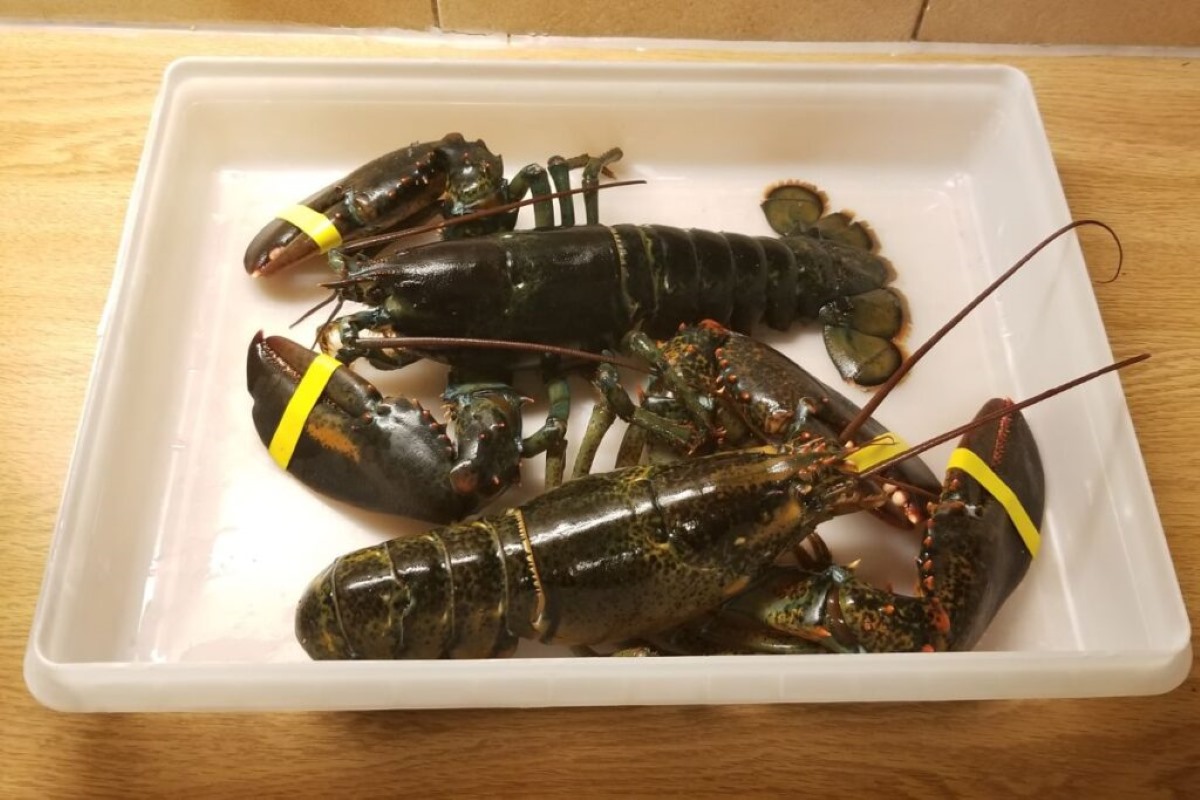

Articles
How To Store A Live Lobster
Modified: February 24, 2024
Learn the best techniques for storing live lobsters in this informative article. Discover the proper methods and tips to keep your lobsters fresh for longer.
(Many of the links in this article redirect to a specific reviewed product. Your purchase of these products through affiliate links helps to generate commission for Storables.com, at no extra cost. Learn more)
Introduction
Welcome to the world of seafood lovers! If you’re lucky enough to have acquired a live lobster, you’re probably wondering how to properly store it to maintain its freshness and flavor. Whether you plan to cook the lobster the same day or keep it for a later occasion, proper storage is crucial.
Storing a live lobster requires a bit of preparation and knowledge to ensure the lobster remains healthy and vibrant until it’s time to indulge. In this article, we will guide you through the steps of storing a live lobster, from choosing the right container to creating an ideal environment, to handling and transporting the lobster with care. So let’s dive right in!
Key Takeaways:
- Properly storing a live lobster involves choosing the right container, creating an ideal environment, and handling with care. Maintaining temperature, water quality, and providing hiding spots are essential for the lobster’s well-being.
- Long-term lobster storage requires selecting the strongest lobsters, purging before storage, and maintaining a colder temperature. Regularly checking water quality and inspecting the lobsters are crucial for maximizing longevity and quality.
Read more: How To Store Live Lobsters
Preparing for Storage
Before you start the process of storing a live lobster, it’s important to make sure you have everything you need and that you’re prepared for the task at hand.
The first step is to gather all the necessary equipment. You will need a container, such as a cooler or a large pot with a lid, that can provide a suitable environment for the lobster. Make sure the container is clean and free of any chemicals or contaminants that could harm the lobster.
Next, prepare a mixture of fresh, clean seawater or filtered saltwater. This will serve as the lobster’s temporary habitat during storage. Fill the container with enough seawater to cover the lobster completely and allow it to move naturally.
It’s important to handle the live lobster with care to avoid any unnecessary stress or harm. Make sure your hands are wet before handling the lobster to prevent them from being injured by the lobster’s sharp claws. It’s also a good idea to wear protective gloves to ensure your own safety.
Finally, keep in mind that lobsters are cold-blooded creatures, which means they prefer cooler temperatures. It’s essential to store the lobster in a cool environment to maintain its vitality and freshness. Now that you’re prepared, let’s move on to choosing the right container for storage.
Choosing the Right Container
When it comes to storing a live lobster, selecting the appropriate container is crucial. The container you choose should provide a suitable environment that mimics the lobster’s natural habitat and allows it to stay alive and healthy during the storage period.
One of the most commonly used containers for storing live lobsters is a cooler. If you decide to use a cooler, make sure it’s well-insulated to maintain the desired temperature. Fill the cooler with seawater or a mixture of seawater and ice. The water should be deep enough to completely cover the lobster but not too deep that it can escape easily. Ensure that the cooler is tightly sealed to prevent any leaks or spills.
Alternatively, you can also use a large pot or bucket with a lid. Just like with the cooler, make sure the pot or bucket is clean and free of any contaminants. Fill it with enough seawater, allowing the lobster to move comfortably. Secure the lid to keep the lobster from escaping.
Regardless of the container you choose, it’s important to avoid using freshwater or tap water, as these can be detrimental to the lobster’s health. Lobsters are accustomed to saltwater environments, so using seawater or filtered saltwater is highly recommended.
It’s worth mentioning that if you’re planning to store multiple lobsters, it’s best to use individual containers for each lobster. Keeping them separate will prevent any potential aggression or injuries that may occur if they are housed together.
Now that you have chosen the right container, let’s move on to creating the ideal environment for the lobster.
Creating the Ideal Environment
Once you have chosen the right container for storing a live lobster, it’s time to create an ideal environment that closely resembles the lobster’s natural habitat. This will help ensure the lobster remains healthy and comfortable during its time in captivity.
The first and most important aspect of creating an ideal environment is to maintain the appropriate temperature. Lobsters thrive in cooler temperatures, preferably between 38°F (3°C) and 45°F (7°C). This temperature range helps slow down their metabolism, keeping them in a dormant state and preserving their energy. You can use a thermometer to monitor the temperature of the container and make adjustments as needed.
In addition to temperature, it’s important to ensure proper oxygenation in the water. Lobsters require oxygen to breathe and stay alive. To maintain adequate oxygen levels, you can use a small aquarium air pump or a bubbler stone designed for underwater use. These devices will help aerate the water and provide the necessary oxygen supply.
Another critical factor to consider is the water quality. Lobsters are highly sensitive to contaminants and pollutants. It’s important to ensure the water in the container is clean and free from any chemicals or toxins. If you’re using seawater, make sure it’s from a clean and unpolluted source. Alternatively, you can use filtered saltwater to ensure optimal water quality.
Lastly, it’s important to provide hiding places for the lobster. Lobsters are naturally nocturnal and prefer to hide during the day. Adding rocks, shells, or artificial structures to the container will create hiding spots where the lobster can feel secure. These hiding places also provide a sense of stimulation and reduce stress for the lobster during its time in storage.
By creating an environment that closely mimics the lobster’s natural habitat, you will greatly increase the chances of the lobster staying healthy and thriving throughout the storage period. Now that you have established the ideal environment, let’s move on to handling and transporting the lobster.
Handling and Transporting the Lobster
When it comes to handling and transporting a live lobster, it’s crucial to exercise caution and ensure the lobster’s well-being. Proper handling techniques will help minimize stress and potential injuries to the lobster, ensuring it remains in optimal condition during storage and transportation.
Before handling the lobster, it’s important to wet your hands or wear wet gloves to prevent the lobster from pinching or injuring you with its sharp claws. Wet hands will also help protect the lobster’s delicate shell and reduce the risk of shell damage.
When picking up the lobster, it’s best to hold it from the back, just behind the claws. This grip provides the best control and minimizes the risk of the lobster flailing around. It’s important to hold the lobster firmly but without exerting excessive pressure.
During transportation, it’s crucial to keep the lobster in an upright position to prevent it from getting injured or becoming stressed. Avoid any sudden movements or shaking that could cause the lobster to become disoriented or injured.
If you’re transporting the lobster for an extended period, it’s recommended to place the container in a cool, dark, and quiet area to minimize stress on the lobster. Excessive light, noise, and temperature fluctuations can be detrimental to the lobster’s well-being, so it’s important to create a calm and stable environment.
If you’re transporting the lobster for a short distance, such as from the fish market to your home, it’s best to keep the container covered to protect the lobster from direct sunlight and temperature changes. This will help maintain a consistent and suitable environment for the lobster.
Remember, the goal is to transport the lobster with minimal stress and disturbance. By following these handling and transportation guidelines, you can ensure the lobster arrives at its destination in the best possible condition.
Now that you know how to handle and transport the lobster, let’s explore the two main methods of storing a live lobster: in a refrigerator and in a cooler.
When storing a live lobster, keep it in a well-ventilated container with a damp cloth or seaweed to keep it moist. Store in the coldest part of the refrigerator and use within 24 hours for the best quality.
Read more: How To Store Live Lobster
Storing the Lobster in a Refrigerator
Storing a live lobster in a refrigerator is a common method to keep it fresh and maintain its vitality for a short period. However, it’s important to note that this method is only suitable for short-term storage, ideally no longer than 24 to 48 hours.
When storing a lobster in the refrigerator, it’s crucial to ensure that the temperature is set between 38°F (3°C) and 45°F (7°C). This temperature range is essential to maintain the lobster’s dormant state and slow down its metabolism, preserving its energy and freshness.
To start, place the live lobster into a container filled with seawater or filtered saltwater. Make sure the container is covered with a lid or plastic wrap to prevent any spills or leaks.
It’s important to check the lobster regularly to ensure it remains submerged in the water. If necessary, add more seawater to the container to maintain the appropriate water level.
When storing the lobster in the refrigerator, it’s recommended to keep it in the coldest part of the fridge, typically the bottom shelf or the crisper drawer.
It’s important to note that storing the lobster in the refrigerator is not without risks. The cold temperature can gradually lower the lobster’s vitality, and extended exposure to these colder temperatures can potentially harm or even kill the lobster.
If you need to store the lobster in the refrigerator for more than 24 to 48 hours, it’s best to follow the long-term storage method we will discuss later in this article.
Now that you know how to store the lobster in a refrigerator, let’s explore another method: storing the lobster in a cooler.
Storing the Lobster in a Cooler
If you need to store a live lobster for a longer period, such as a few days or up to a week, utilizing a cooler can be an effective method. Storing the lobster in a cooler allows for better temperature control and insulation, ensuring the lobster remains in prime condition.
When storing a lobster in a cooler, it’s important to maintain a consistently cool temperature, preferably between 38°F (3°C) and 45°F (7°C). This temperature range is critical to slow down the lobster’s metabolism and keep it in a dormant state, preserving its freshness.
To begin, prepare the cooler by placing a layer of ice or gel packs at the bottom. This provides a cool foundation for the lobster and helps maintain the desired temperature.
Fill a container, such as a large pot or bucket, with enough seawater or filtered saltwater to completely submerge the lobster. Place the container with the lobster on top of the ice or gel packs, ensuring it is stable and won’t tip over during transport or storage.
Once the lobster is in the cooler, cover it with additional ice or gel packs. Make sure the lobster is surrounded by a layer of ice on all sides to maintain a consistently cool environment.
It’s important to monitor the temperature of the cooler regularly, especially if storing the lobster for an extended period. Add more ice or gel packs as needed to keep the temperature within the desired range.
Keep the cooler in a cool and dark location, away from direct sunlight and sources of heat or fluctuating temperatures. Avoid opening the cooler unnecessarily, as exposure to warm air can disrupt the cool environment and potentially harm the lobster.
Remember, the cooler provides insulation and allows for better temperature control, making it ideal for longer-term lobster storage. However, it’s important to periodically check the cooler and the lobster to ensure everything remains in optimal condition.
Now that you know how to store a live lobster in a cooler, let’s explore how to maintain the lobster’s livelihood during storage.
Maintaining the Lobster’s Livelihood
When storing a live lobster, it’s essential to provide the best possible conditions to maintain its livelihood and ensure its well-being. By following these guidelines, you can help prolong the lobster’s freshness, vitality, and overall quality.
First and foremost, it’s important to regularly monitor the temperature of the storage environment. Keep the temperature between 38°F (3°C) and 45°F (7°C) to maintain the lobster’s dormant state and slow down its metabolism. Fluctuations in temperature can stress the lobster and impact its overall health.
Check the water quality regularly, especially if using seawater or filtered saltwater. It’s recommended to change the water every 12 to 24 hours to ensure cleanliness and freshness. If using a cooler, add extra ice or gel packs as needed to maintain the desired temperature.
Provide a hiding spot for the lobster in its storage container. Lobsters are naturally nocturnal creatures and prefer to hide during the day. Adding rocks, shells, or artificial structures will provide the lobster with a sense of security and stimulation during its time in storage.
Do not overcrowd the storage container or cooler. Each live lobster should have enough space to move around comfortably. Overcrowding can lead to stress, aggression, and possible injuries among the lobsters. It’s best to store each lobster individually if possible.
Handle the lobster as minimally as possible during storage. Unnecessary handling can cause stress and potentially harm the lobster. If you need to check on the lobster or make any adjustments, do so with wet hands or wear wet gloves to protect the lobster as well as yourself.
Lastly, it’s important to remember that the longer a lobster is kept in storage, the greater the chances of its quality deteriorating. While proper storage techniques can help maintain the lobster’s freshness, it’s best to consume the lobster as soon as possible to enjoy it at its peak flavor and texture.
By following these guidelines and maintaining the lobster’s livelihood during storage, you can ensure the lobster remains healthy, vibrant, and ready for a delicious meal. Now, let’s explore some tips for long-term lobster storage.
Tips for Long-Term Storage
If you need to store a live lobster for an extended period, such as several weeks or even months, there are additional steps you can take to ensure its longevity and quality. Here are some tips for long-term lobster storage:
- Select the strongest lobsters: When purchasing live lobsters for long-term storage, choose those that are the most active and have the strongest movements. This indicates their overall health and resilience.
- Purge the lobster before storage: Purging is the process of cleaning out the lobster’s digestive tract. This step is especially crucial for long-term storage to prevent the buildup of waste and potentially affecting the lobster’s quality. Simply place the lobster in fresh, clean seawater or filtered saltwater for a day or two to allow it to expel any remaining waste.
- Individually wrap the lobster: If storing multiple lobsters, it’s best to wrap each lobster individually in damp newspaper or seaweed. This helps keep the lobsters separated and prevents any potential injury or aggression.
- Choose a colder storage temperature: For long-term storage, aim for a temperature range of 32°F (0°C) to 38°F (3°C). This slightly colder temperature helps further slow down the lobster’s metabolism and extends its shelf life.
- Regularly check and change the water: Every few days, check the water quality and make sure it remains clean and free of contaminants. Change the water or add fresh seawater as necessary to maintain optimal conditions.
- Periodically inspect the lobsters: Check on the lobsters regularly to ensure they appear healthy and vibrant. Remove any lobsters that show signs of illness or deterioration to prevent the spread of infection.
- Consider freezing as a last resort: Freezing a live lobster should be a last resort, as it can potentially affect the texture and flavor. However, if necessary, it’s best to freeze the lobster as soon as possible after purging and wrapping it. Thaw the lobster slowly in the refrigerator before cooking for the best results.
Following these tips will help maximize the longevity and quality of the lobsters during long-term storage. Remember, it’s always recommended to consume the lobster as soon as possible to enjoy it at its freshest.
Now that you are equipped with the knowledge of proper storage techniques and tips, you can confidently store a live lobster and ensure its freshness until it’s time to savor the delicious flavors of this exquisite seafood.
Read more: How To Store Live Lobsters Overnight
Conclusion
Storing a live lobster requires careful attention to detail and proper handling to maintain its freshness and vitality until it’s ready to be enjoyed. By following the steps outlined in this article, you can ensure that your lobster remains in optimal condition during the storage period.
From preparing for storage to choosing the right container, creating the ideal environment, and handling and transporting the lobster with care, each step plays a crucial role in maintaining the lobster’s well-being. Whether you’re storing the lobster in a refrigerator or a cooler, be sure to monitor the temperature, water quality, and provide adequate hiding spots for the lobster.
For longer-term storage, consider implementing tips like selecting the strongest lobsters, purging the lobster before storage, and individually wrapping each lobster. These strategies will help prolong the lobster’s shelf life and preserve its quality.
Remember to regularly check on the lobster during storage, making any necessary adjustments to maintain its health. And while long-term storage is possible, it’s always advisable to consume the lobster as soon as possible for the best flavor and texture.
By following these guidelines and employing proper storage techniques, you can ensure that your live lobster retains its freshness, vibrancy, and delicious taste. So go ahead and savor the culinary delight of a perfectly stored live lobster!
Frequently Asked Questions about How To Store A Live Lobster
Was this page helpful?
At Storables.com, we guarantee accurate and reliable information. Our content, validated by Expert Board Contributors, is crafted following stringent Editorial Policies. We're committed to providing you with well-researched, expert-backed insights for all your informational needs.
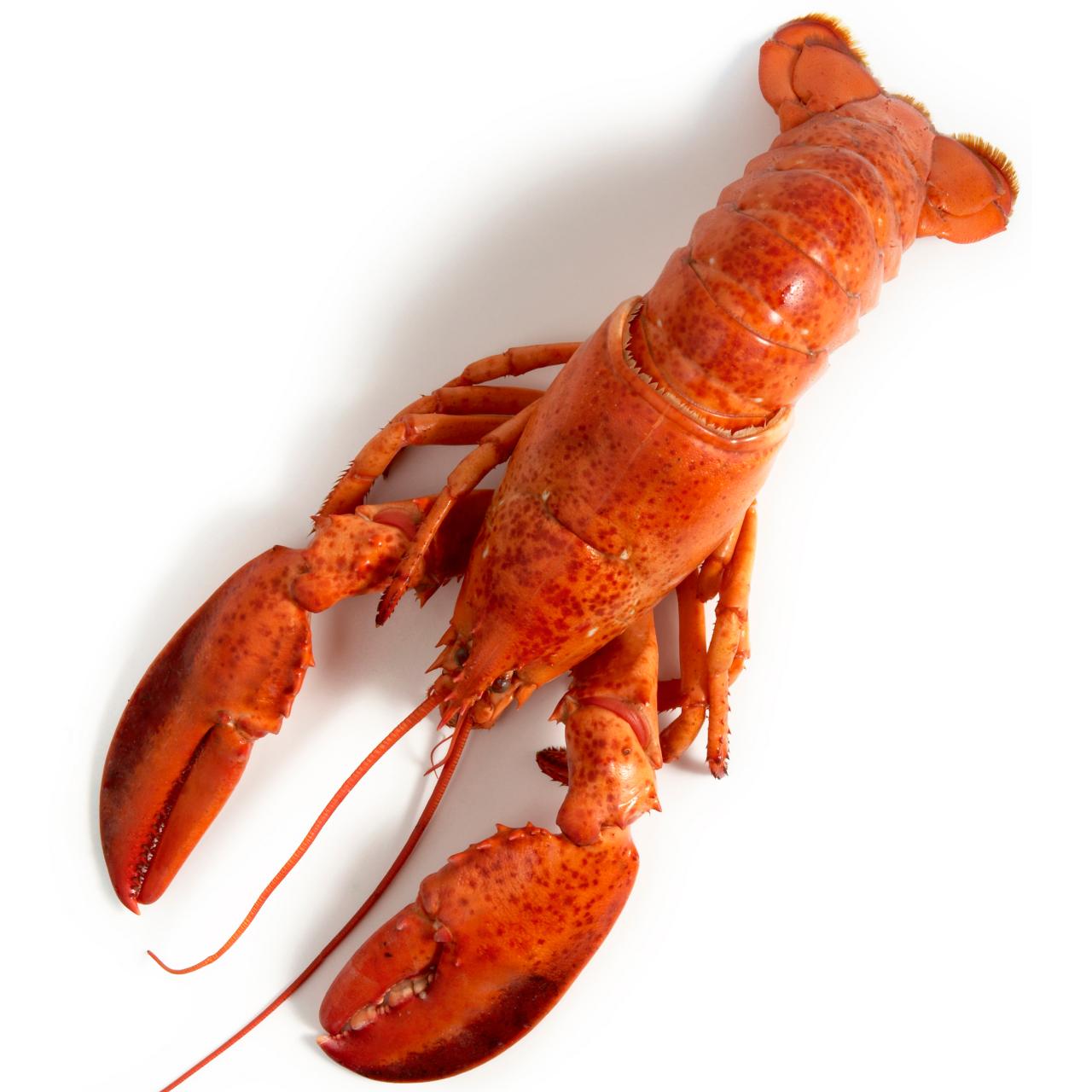
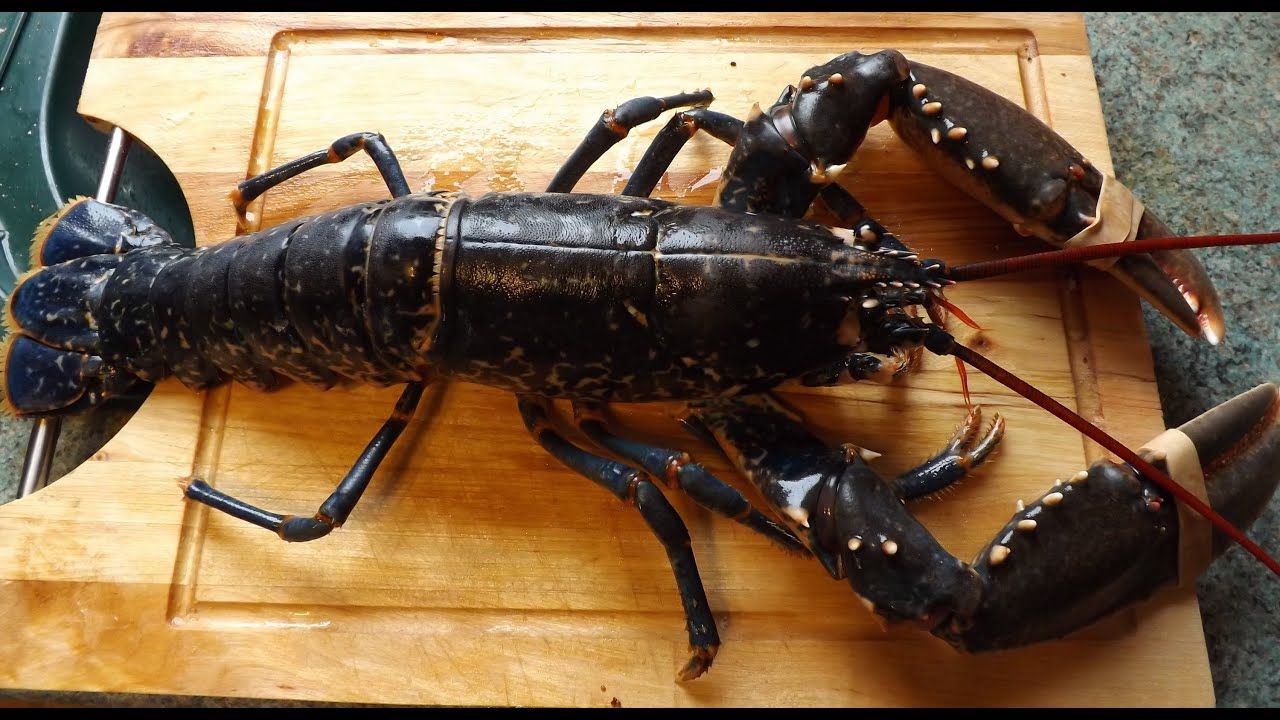
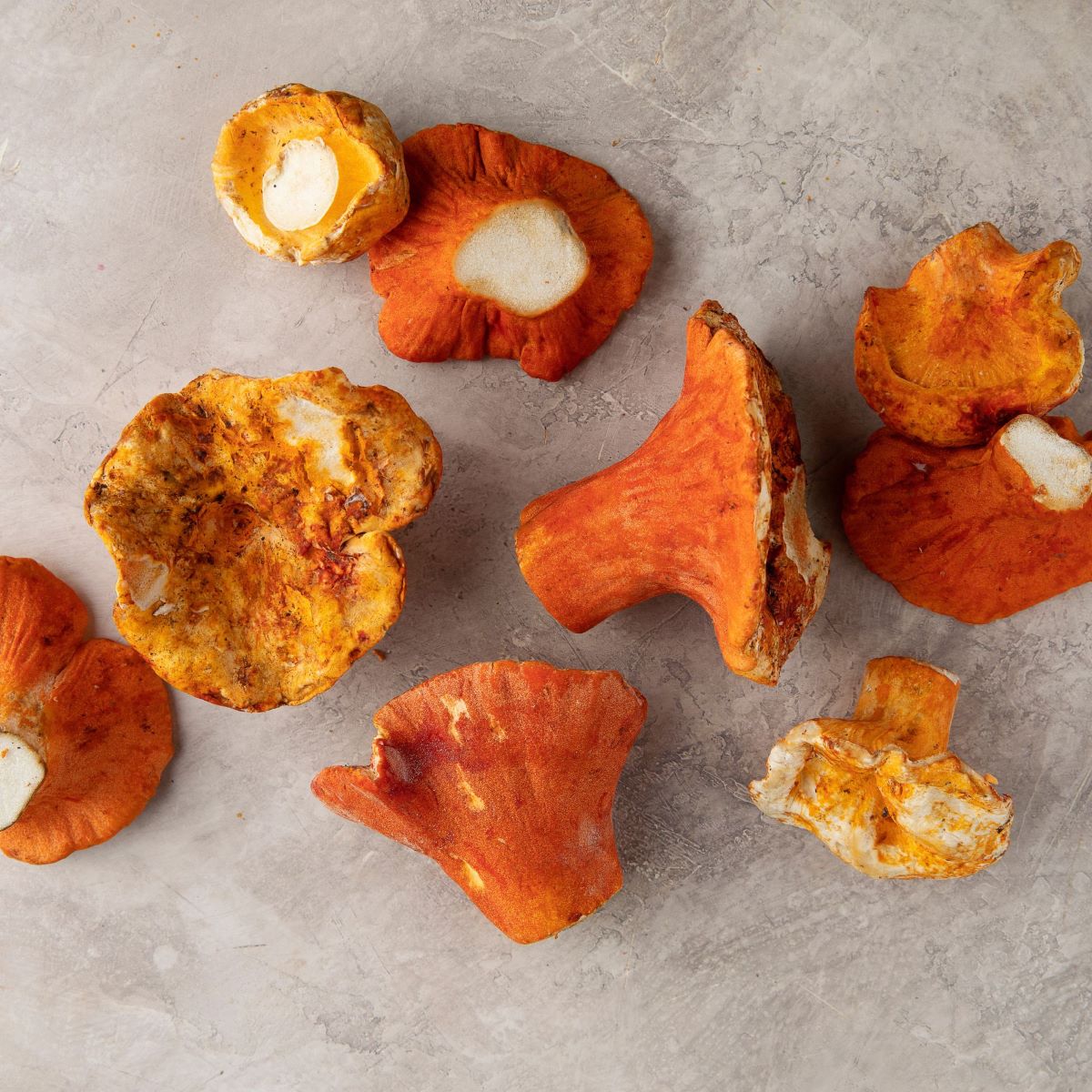
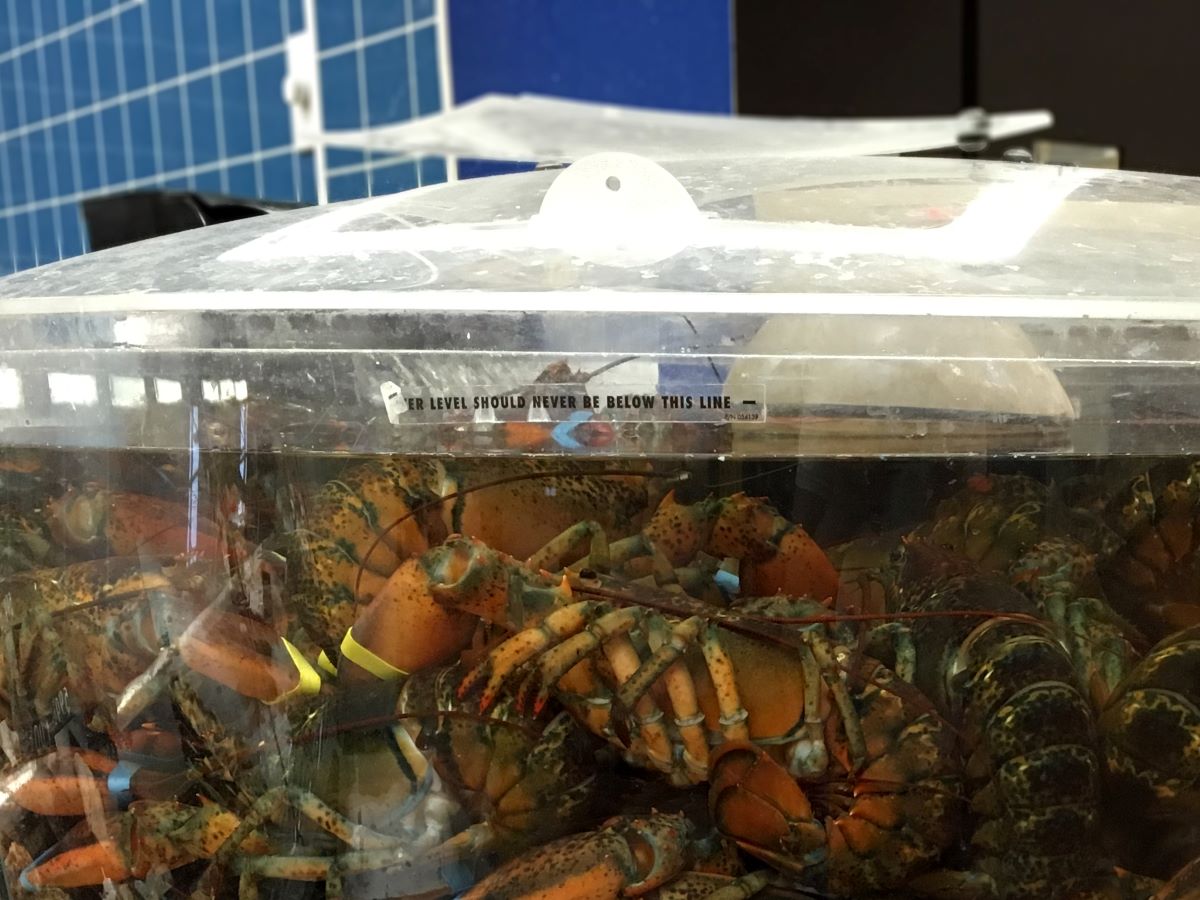


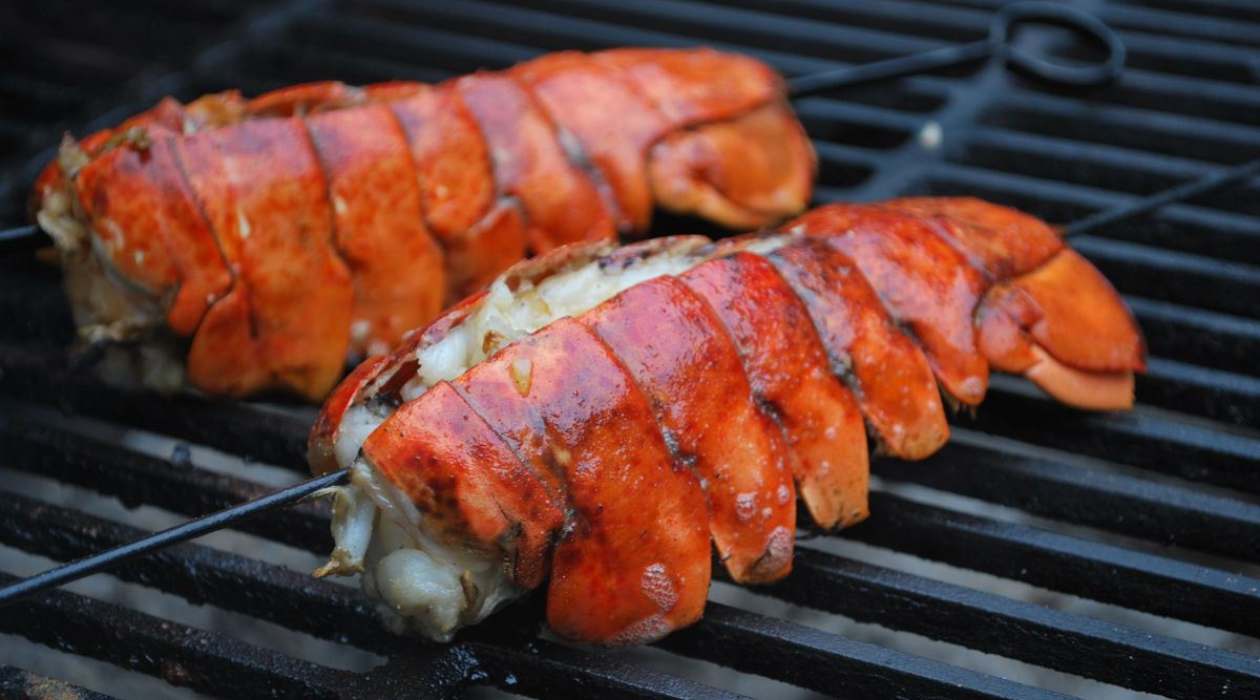

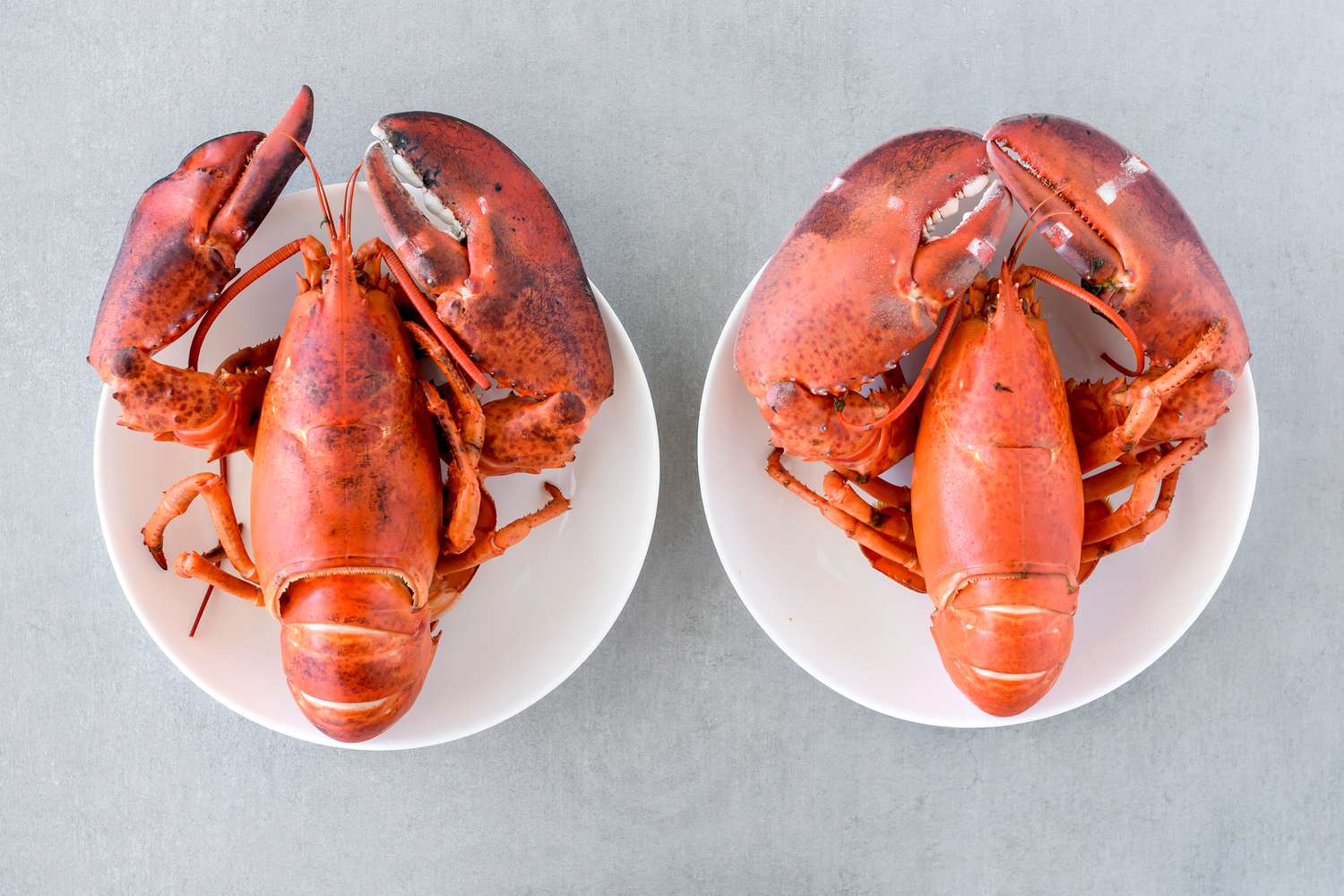
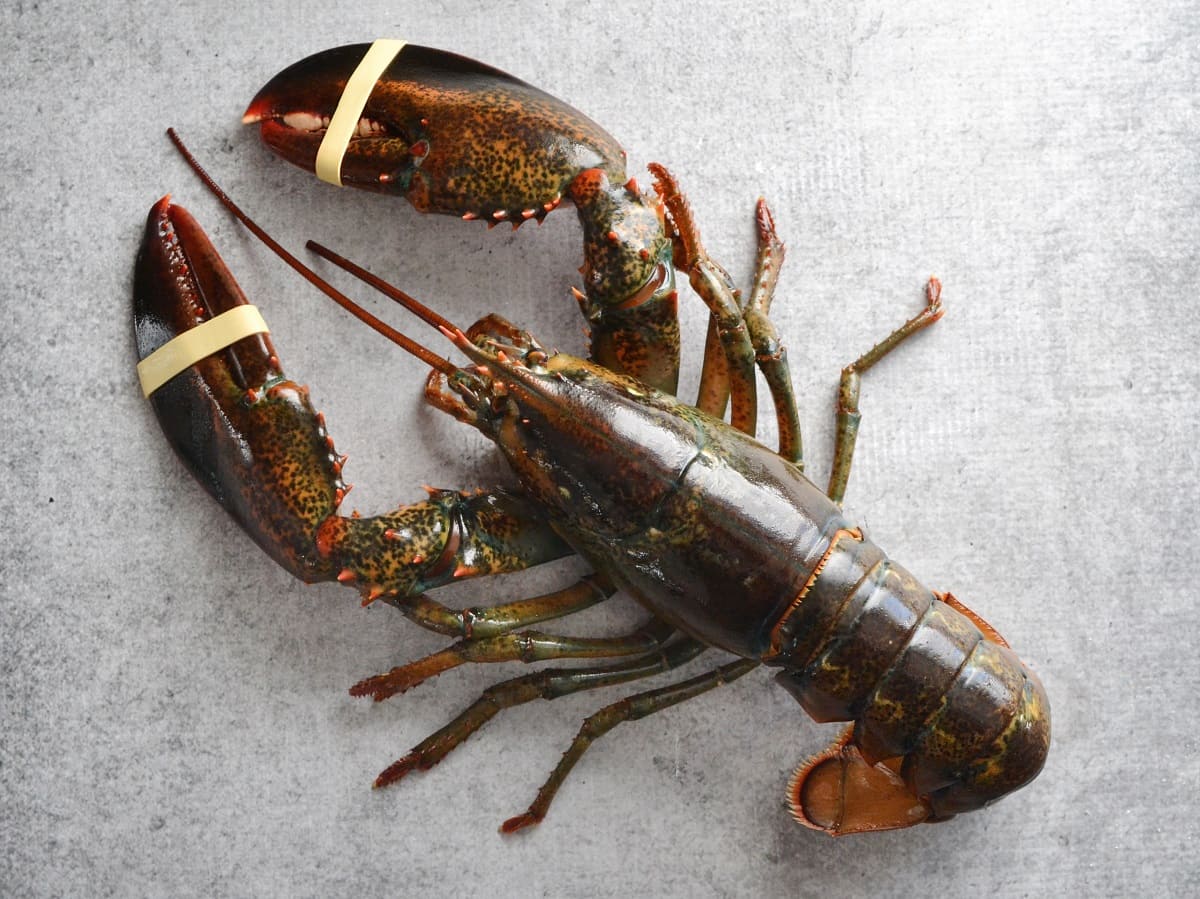


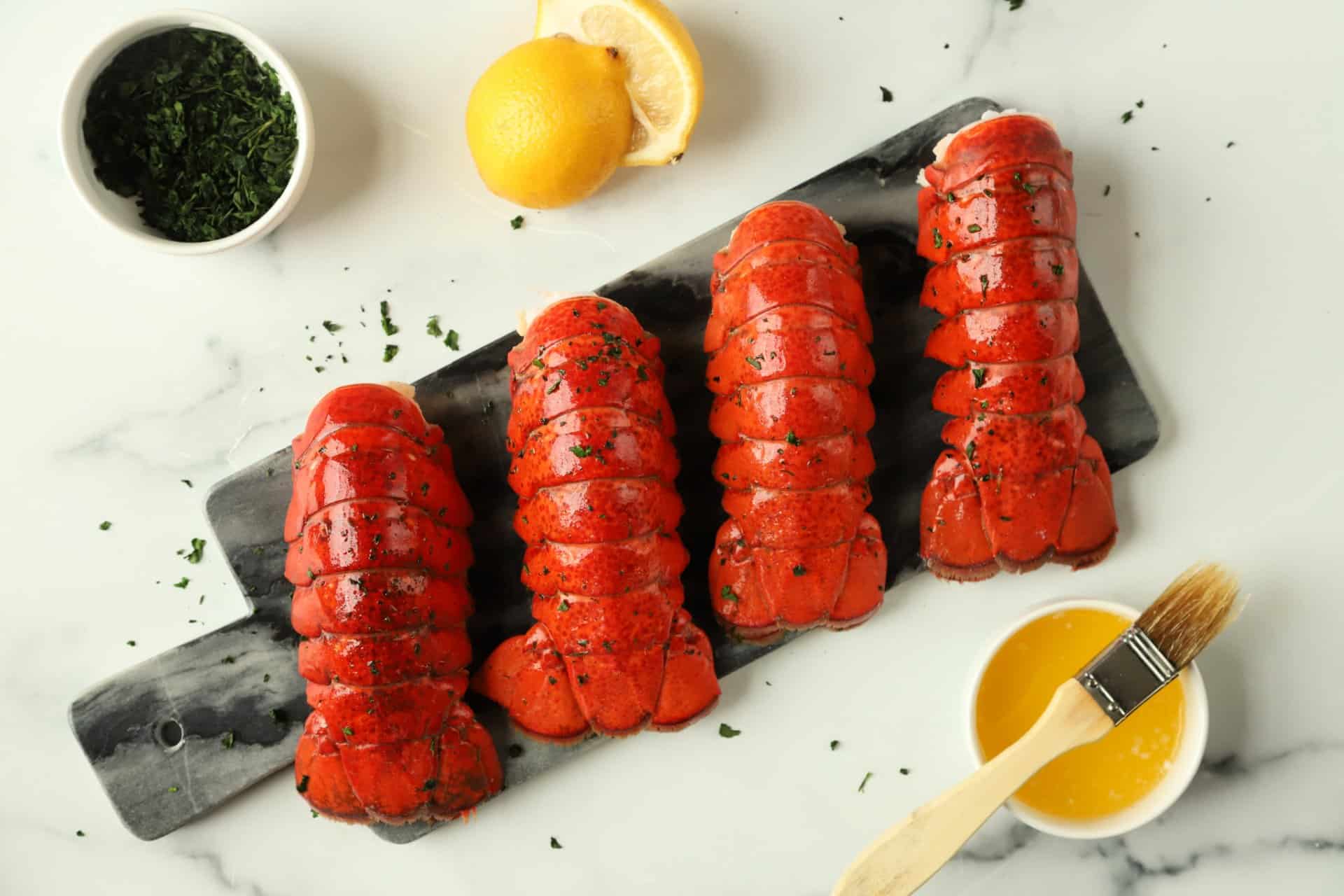

0 thoughts on “How To Store A Live Lobster”